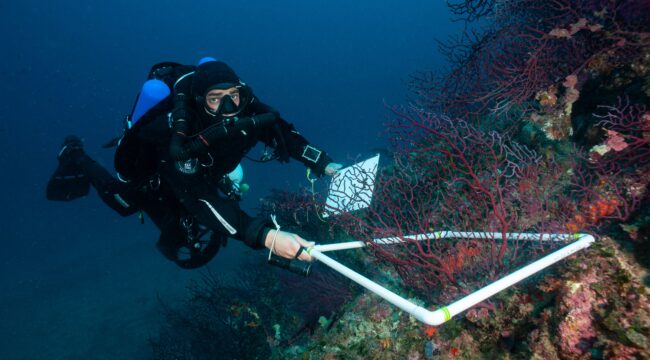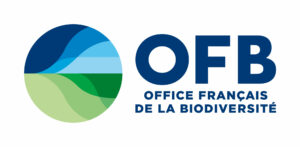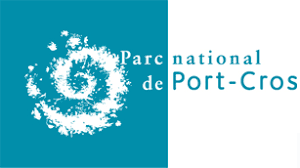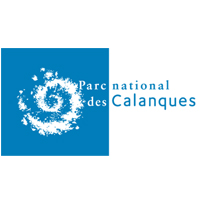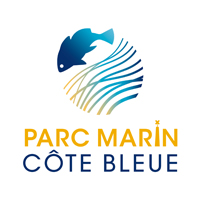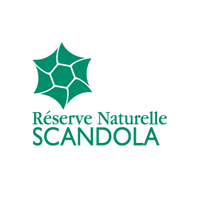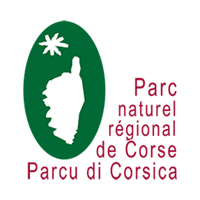A total of 41 populations, representative of 41 sites, distributed between 14 m and 42 m depth, were monitored along the French Mediterranean coast. These populations were distributed across 7 zones, some of which are Marine Protected Areas (MPAs): Cerbère Banyuls Natural Marine Reserve, Lion’s Golf Marine Natural Park, Blue Coast Marine Park, Calanques National Park, Port-Cros National Park, Estérel Côte d’Azur, Scandola Natural Reserve, Corsica Natural Regional Park. All these populations were located near the upper limit of the mesophotic zone, with the exception of those in the Cerbère-Banyuls Marine Nature Reserve, which were between 14 m and 29 m.
The study reveals that the vast majority of the populations observed are healthy, with high densities, variable sizes and few necrotic colonies. This finding is encouraging for the conservation of this emblematic species of the coralligenous biocenosis. It testifies to the relative protection currently afforded by the mesophotic zone from the direct impacts of marine heat waves, which have a greater impact on populations living at shallower depths.
Some of the red gorgonian populations monitored show signs of disturbance, mainly due to human pressure, such as recreational and professional fishing. Protected areas, such as fishing grounds and parts of the Port-Cros and Calanques national parks, appear to be much less affected, underlining the effectiveness of protection measures.
The next step is further research to better understand the environmental factors (currents, temperature differences), and the local and global pressures affecting these essential and remarkable Mediterranean populations, in order to strengthen conservation efforts.
